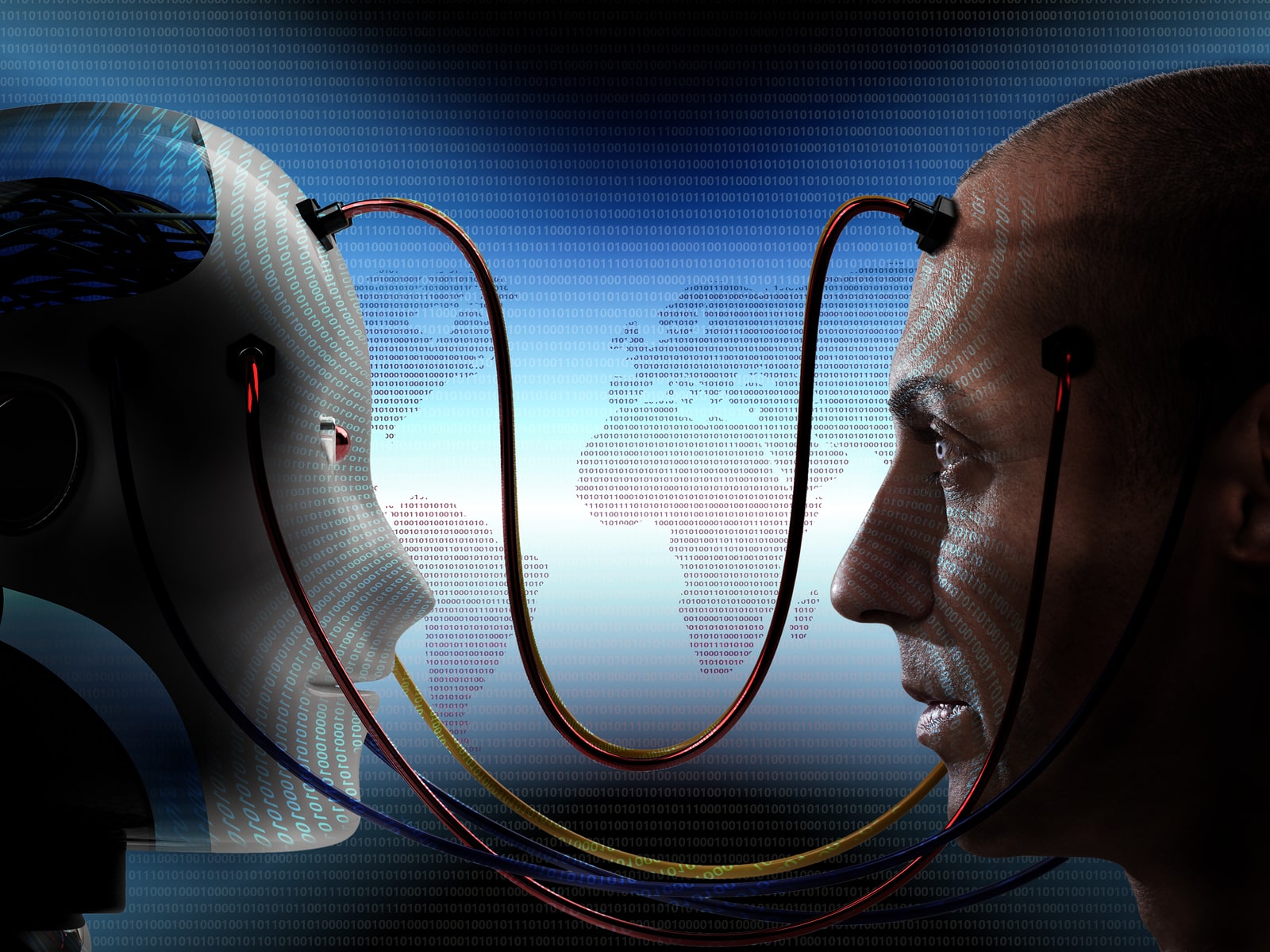The
present scenario in the scientific community is bustling with people trying to design a way to merge machines with the human brain.In April, Elon Musk announced he was backing Neuralink, a $100 million company working on a brain-computer interface. Facebook followed up by saying that it had started work on a thought-to-text device to let people silently compose e-mails or posts.
It is obvious that the key to solving one of neuroscience’s most intractable challenges lies in being able build a bridge the gap between brain and computer.
With $65 million in new funding, DARPA intends to do just this.
The Defense Advanced Research Projects Agency is an agency that specializes in “out-there” science and technology, which is now eyeing to develop brain-machine interface technologies that could, one day, lead to major medical breakthroughs in hearing, vision, speech, and other brain-related disorders.
The program will fund six different research teams, including Brown University, Columbia University, The Seeing and Hearing Foundation, the John B. Pierce Laboratory, Paradromics Inc, and the University of California, Berkeley, DARPA announced Monday.
These federal contracts handed out by DARPA, offer a peek into what cutting-edge technologies could make a “brain modem” really possible.
The team from Brown’s will be working on creating an interface that would weave together a vast network of “neurograins” that could be worn as implants on top of or in the cerebral cortex. These sensors would be capable of real-time electrical communication with the goal of understanding how the brain processes and decodes spoken language — a brain process so complex and automatic that aspects of it still elude researchers.
Among the six recipients, four are interested in visual perception, with the remaining two examining auditory perception and speech.
According to a report, Paradromics, the only company included in the funding news, will receive around $18 million.
Similar to the Brown team, Paradromics will use the funding to develop a prosthetic capable of decoding and interpreting speech.
At the end of the four-year program, the goal is to have working prototypes capable of transmitting data between the brain and computers, but it will likely be a good deal longer before such devices are ready or commercial or clinical application.
The recipients have a lofty list of goals to aspire to and the foremost being DARPA’s desire to develop “high resolution” neural implants that record signals from as many as one million neurons at once. On top of that, it requests that the device be capable of two-way communication — receiving signals as well as transmitting them back out. And it wants that capability in a package no larger than two nickels stacked on top of one another.
“By increasing the capacity of advanced neural interfaces to engage more than one million neurons in parallel, Neural Engineering System Design(NESD) aims to enable rich two-way communication with the brain at a scale that will help deepen our understanding of that organ’s underlying biology, complexity, and function,” founding NESD Program Manager Phillip Alvelda said in the announcement.
Over the course of the four-year program, the research teams will coordinate with the FDA on the long-term safety implications of installing DARPA’s dream implant in and on the human brain.
While this may be one of the first major public-private partnerships for brain-machine interfaces, the private sector has already been chasing the science fiction-like dream.
A fact we cannot ignore is that there’s a long road ahead; although the potential applications and ethics of this emerging technology are indeed tantalizing.



























